Matthew Murrie's Blog, page 8
September 9, 2021
¿Y si los dinosaurios no desaparecieron?
Deja que tu curiosidad por los dinosaurios se vuelva loca con este entrenamiento de pensamiento basado en la curiosidad de ,The Book of What If...? : ¿Qué pasaría si los dinosaurios no se extinguieran?
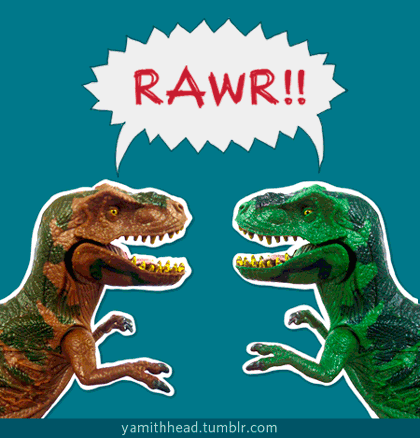
Qué: ¿Qué no existiría hoy si los dinosaurios no desaparecieran? ¿Qué es algo que existiría que no existe hoy en día si los dinosaurios no desaparecieran?

Quién: ¿A quién quiere la gente como líder si los dinosaurios no desaparecieron? ¿Cuáles son las tres características comunes de los líderes en un mundo con dinosaurios?
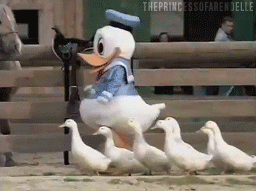
Cuándo: ¿Cuándo se acostaría la gente si los dinosaurios no desaparecieran?
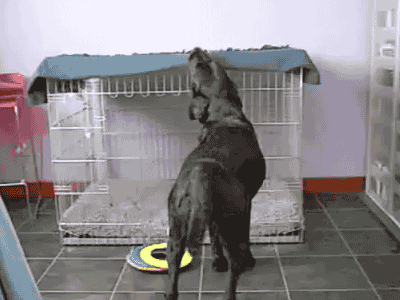
Dónde: ¿Dónde estacionaría la gente sus autos si los dinosaurios no desaparecieran?
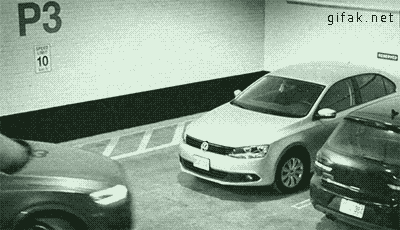
Cómo: ¿Cómo se relaja la gente en un mundo donde los dinosaurios no desaparecieron?
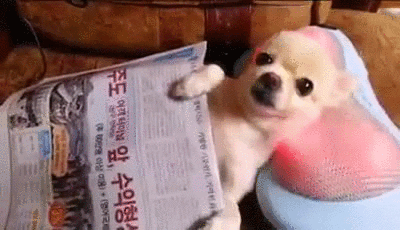
Por qué: ¿Por qué la gente coopera más en un mundo con dinosaurios?
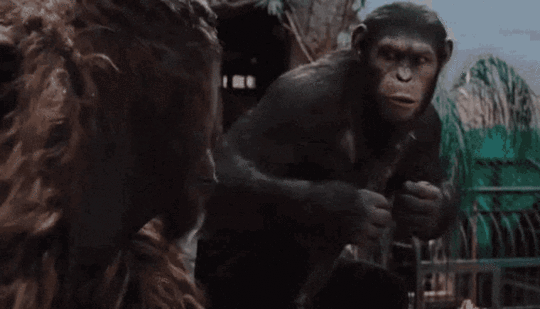
Huh?: Si los dinosaurios no desaparecieran, ¿los humanos los habrían cazado y domesticado como lo han hecho con los animales de hoy, o habrían evolucionado subordinados a los señores lagartos?
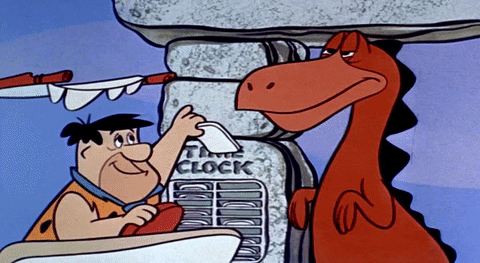
Wow!: ¿Qué es algo sobre lo que la gente sería mucho más inteligente si los dinosaurios no desaparecieran?
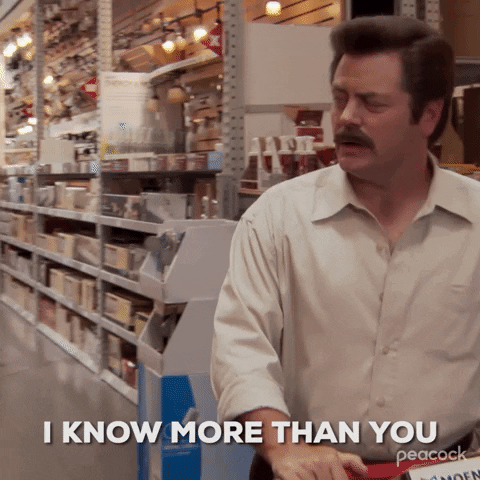
¿Quieres mantener la curiosidad? ¿Qué pasa si alimentas tu curiosidad y el Corporation of Tomorrow!
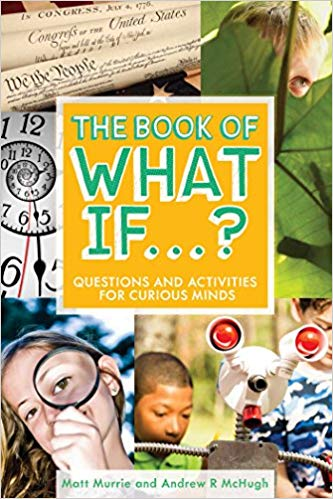
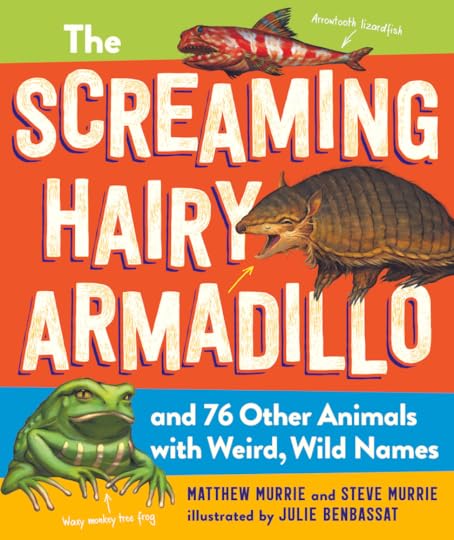
Gracias por su curiosidad y manténgase curioso con más contenido y actividades de Curiosity-Based Learning de What If Curiosity!
What If Dinosaurs Didn't Disappear?
Let your curiosity about dinosaurs run wild with this Curiosity-Based Thinking workout from ,The Book of What If...? : What if Dinosaurs Didn't Go Extinct?

What: What would not exist today if dinosaurs didn't disappear? What is something that would exist that doesn't' today if dinosaurs didn't disappear?

Who: Who do people want as a leader if dinosaurs didn't disappear? What are three common characteristics of leaders in a world with dinosaurs?

When: When would people go to bed if dinosaurs didn't disappear?

Where: Where would humans park their cars if dinosaurs didn't disappear?

How: How do people relax in a world where dinosaurs didn't disappear?

Why: Why do people cooperate more in a world with dinosaurs?

Huh?: If dinosaurs didn't disappear, would humans have hunted and domesticated them like they have with animals today, or would they have evolved subservient to lizard overlords?

Wow!: What is something people would be way smarter about if dinosaurs didn't disappear?

Want to stay curious? What if you feed your curiosity and the Corporation of Tomorrow !


Thank you for your curiosity and stay curious with more Curiosity-Based Learning content and activities from What If Curiosity !
September 8, 2021
What If Everyone Could See Right Through You?
Get curious about see-through bodies as you exercise your curiosity with this Curiosity-Based Thinking workout from The Book of What If...? : What if Humans Had See-Through Bodies?
What: What would you wear to work or school if you had a see-through body?
Who: Who benefit the most from having see-through bodies?
When: When would having a see-through body not be super useful?
Where: Many animals living deep in our oceans have adapted see-through bodies thanks to their super dark environments; where in your current environment would having a see-through body be useful?
How: How would having a see-through body affect what you put in your body--that is if your see-through body were like the see-through bodies scientists are genetically engineering mice to have in order for the scientists to better understand bodily functions (like digestion)?
(The Book of What If...?, p. 163)
Why: Why would having see-through bodies make humans more (or less) honest with each other?
Huh?: Why are humans not see-through already? What good does having skin or opaque coverings have?
Wow!: Describe the best part of your day when your body is 100% see-through.
Bonus Wow!: If not humans, what might have see-through bodies in the future?

Image Source: ,Steemit
Want to stay curious? What if you feed your curiosity and the Corporation of Tomorrow !


Thank you for your curiosity and stay curious with more Curiosity-Based Learning content and activities from What If Curiosity !
Cover Photo Source: SpineUniverse.com
September 7, 2021
What If You Had Stinger Fingers?
Get curious about stinger fingers as you exercise your curiosity with this Curiosity-Based Thinking workout from The Book of What If...? : What If You Could Sting With Your Fingers?
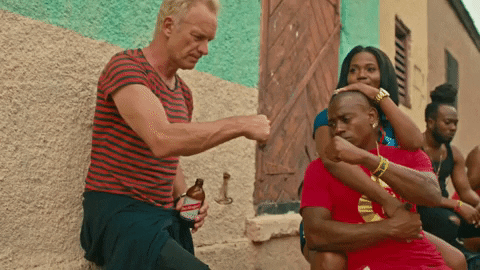
What: What is the first thing you would do to make someone else's life better with your stinger fingers?
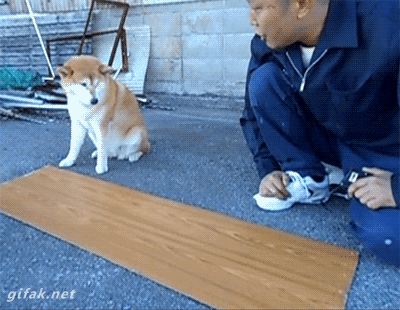
Who: Who would you have the hardest time not stinging with your stinger fingers?
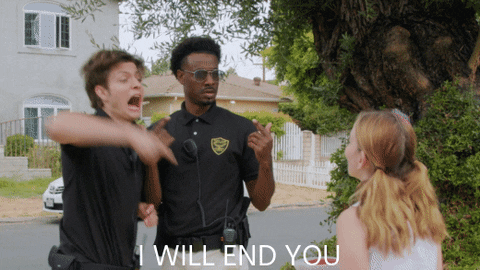
When: When might you be embarrassed by your stinger fingers?

Where: Where did you learn how to live with stinger fingers?
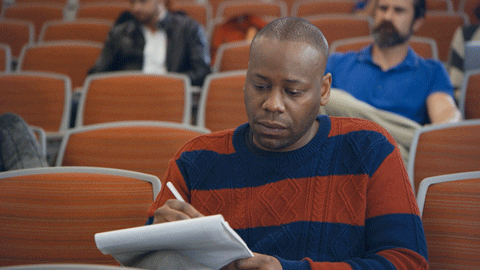
How: How will you greet friends without making them fearful of your stinger fingers?
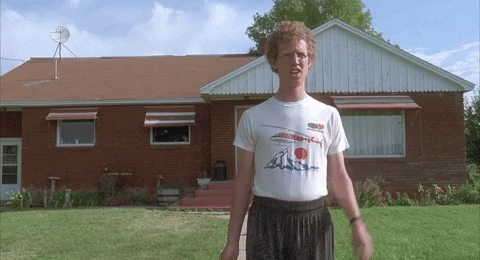
Why: Why do your stinger fingers make you a better person?
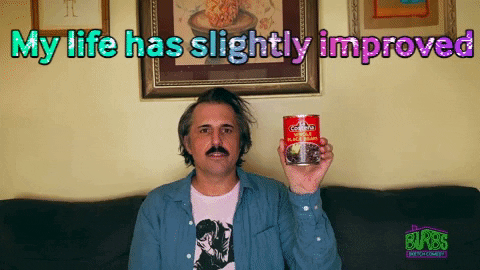
Huh?: Would your stinger fingers always be stinggie... or would you have control when the stinggie comes out?

Wow!: Which would you find more awesome: a world in which everyone had stinger fingers or one where only you had stinger fingers?
Want to stay curious? What if you feed your curiosity and the Corporation of Tomorrow !


Thank you for your curiosity and stay curious with more Curiosity-Based Learning content and activities from ,What If Curiosity !
September 5, 2021
What If This Shrimp Isn't a Shrimp!
Size makes not matter to the pistol shrimp who doesn't pack pistols, rather something much more impressive.
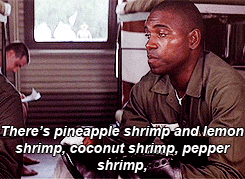
What: The pistol shrimp is a shrimp that shoots super loud--and deadly--bubble bullets.
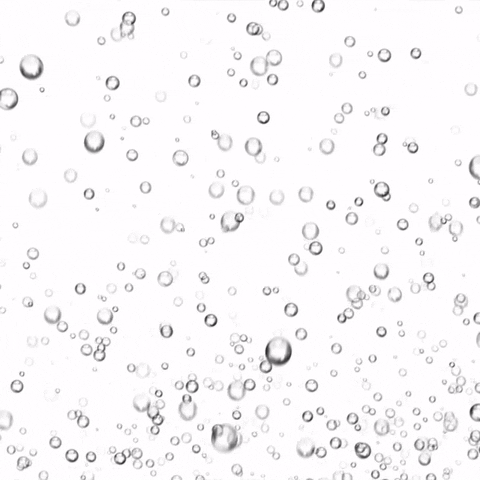
Who: There are hundreds of species of pistol shrimp, but one recently discovered species, was named specifically after something else that is very loud and very cool: the rock band, Pink Floyd!

When: When some species of pistol shrimp need to work on their burrow or hunt without pesky predators bothering them, they meet up with a goby fish, who will help the pistol shrimp lookout for danger.
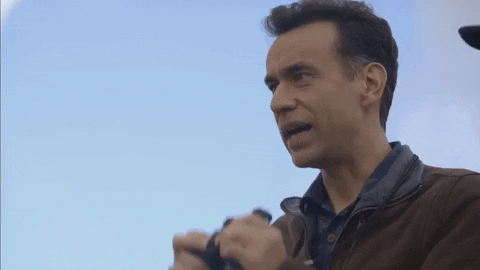
Where: Where does the pistol shrimp get its pistol power to shoot bubble bullets? The pistol shrimp uses its it's gigantic claw to pressurize water inside a chamber in it; the pressure builds so strong, when the pistol shrimp releases it, it fires a bubble bullet fast enough to stun or kill its prey.
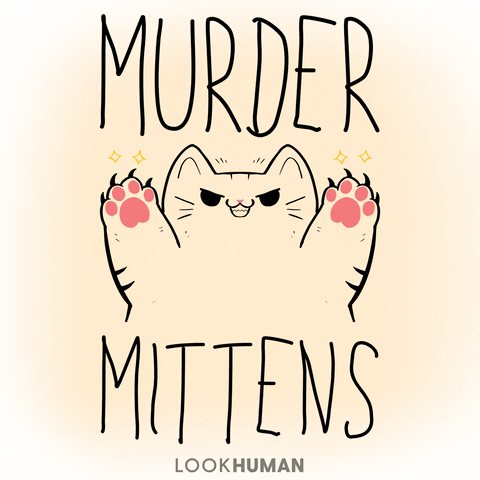
How: How loud are the pistol shrimp's bubble bullets? How about 210 decibels, loud! That's louder than an actual gunshot, which is around 140 – 175 decibels.
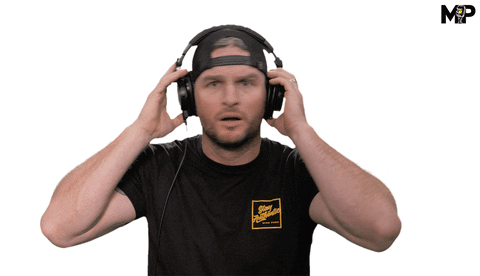
Wow!: The pistol shrimp's bubble bullets don't just make quite a bang, they also fire at quite a burst: the pistol shrimp's bubble bullets shoot out at 60 mph (97 kph)!
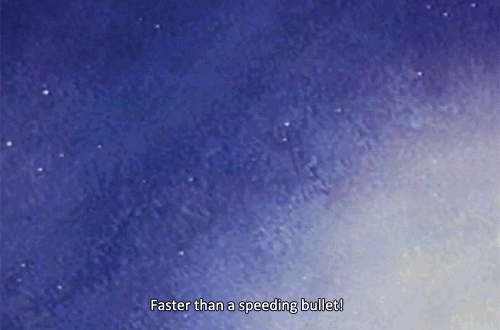
Keep getting curious about animals with ,The Screaming Hairy Armadillo and it's free ,Educator's Guide!


Thank you for your curiosity, stay curious, and let your curiosity lead your learning with more Curiosity-Based Learning content and activities from What If Curiosity!
August 14, 2021
What If You Could Go As Fast As You Went?
What if being naked isn't nuttiest adaptation of the naked mole rat? Discover what is and more!
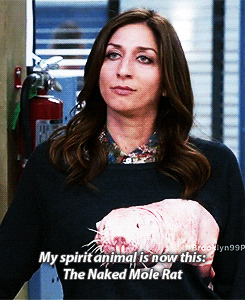
What: The naked mole rat has adapted the ability to move as fast forward as backward!
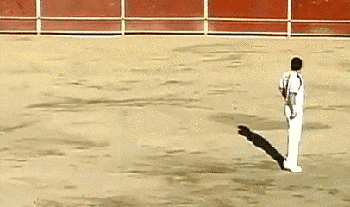
Who: Who's leading the way in learning more about the naked mole rat? The Dallas Zoo, that's who is doing a whole lot of cool research on the naked mole rat!
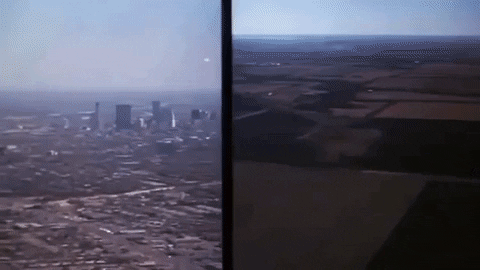
When: When does a naked mole rat's teeth stop growing? How about never! This means, regardless which direction a naked mole rat is heading, it's almost always chewing on something--even concrete! (Know any other animals with always-growing teeth?)
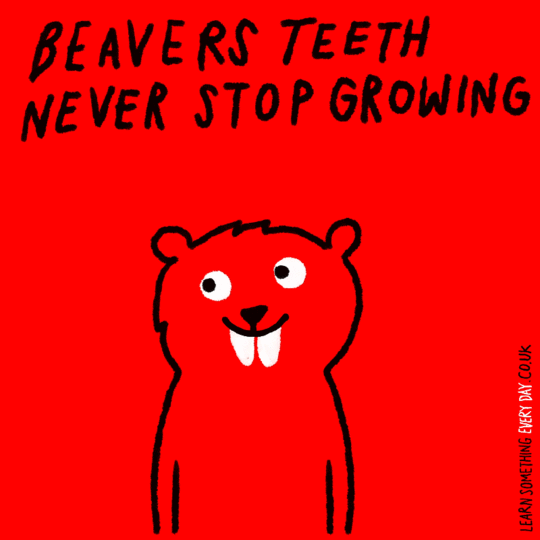
Where: When it comes to animal adaptations, the naked mole rat may not be as snazzy as being able to breath out of your butt, but the naked mole rat's ability to back it up as quickly as it can floor it going forward sure comes in handy considering naked mole rats spend most of their time scurrying through underground tunnels.
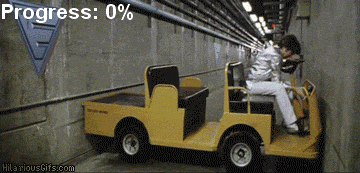
How: How do nearly blind animals like the naked mole rat live together so well in such tight spaces... underground? They're super organized; from where they pee to how they structure their society, everything is designed to flow in predictable ways.
Why: Why would you ever want to go as fast backwards as you can go forwards?

Huh?: Ever wonder why more animals don't motor like the naked mole rat, going as fast forward as they do backward? How do you think your perspective on looking or thinking back on things would change if your ability to move backward changed?
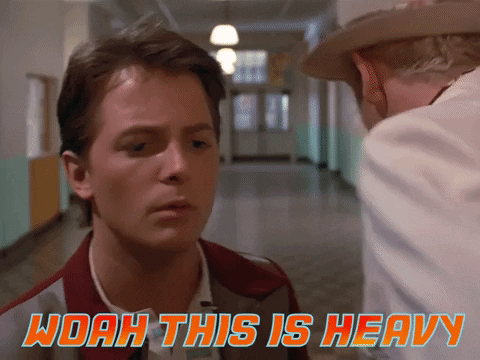
Wow!: What if the naked mole rat is buried treasure? Scientist are currently researching naked mole rats as potentially holding the key to curing cancer.
Keep getting curious about animals with ,The Screaming Hairy Armadillo and it's free ,Educator's Guide!
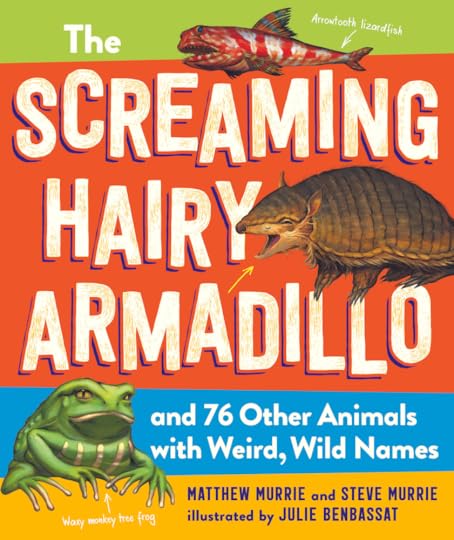
Thank you for your curiosity, stay curious, and let your curiosity lead your learning with more Curiosity-Based Learning content and activities from What If Curiosity!
July 20, 2021
What If You Were Made of Glass?
What if you were see through? The glass octopus may not be made of glass, but it looks like it if you ever get a chance to actually see one!
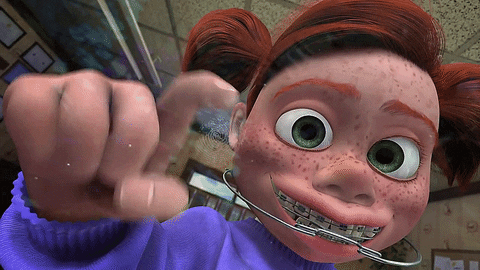
What: The glass octopus is an octopus that is almost completely transparent!
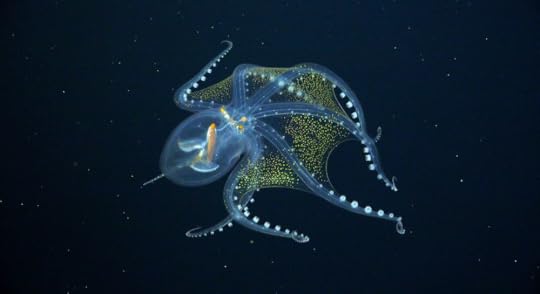
©SCHMIDT OCEAN INSTITUTE
Who: Glass octopuses are as hard to find as they are to see; thanks to The Schmidt Ocean Institute, we're learning a lot more about the glass octopus and how to protect the oceans that surround us.
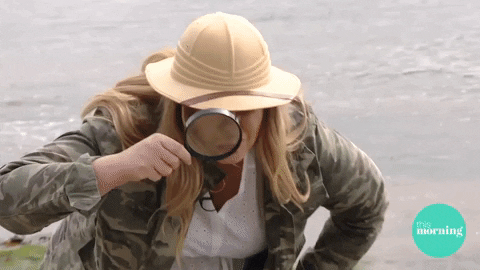
When: On July 21, 2021 a ship from The Schmidt Ocean Institute returned from a 34 day expedition in which it returned with two glass octopuses to study and discover more.

Where: Glass octopuses live all over the planet deep (deep) down in the aphotic zone of the wide-open ocean spaces scientists call the pelagic zone; living in this zone has both given the glass octopus the environment to develop so many unique characteristics and contributes to why we know so little about them.
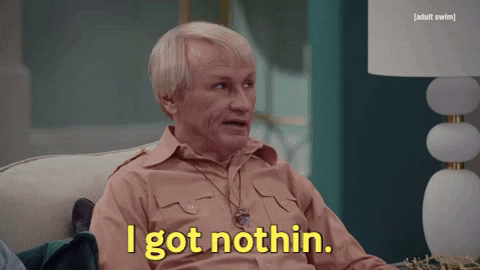
How: If the glass octopus is so hard to find because it lives so far down in the open ocean, how do we discover more about the glass octopus? While scientists are getting better at finding and filming deep dwelling animals like the glass octopus, some specimens are found in the stomachs of predators--guess the glass octopus isn't 100% invisible after all.

Why: Why can you see right through a glass octopus? The marine biologists who study glass octopuses believe the glass octopus has adapted its see-through ability to give it invisibility ability: "At the depths it inhabits, this renders individuals virtually invisible to prey and predators alike." (Our Breathing Planet: ,Glass Octopus)
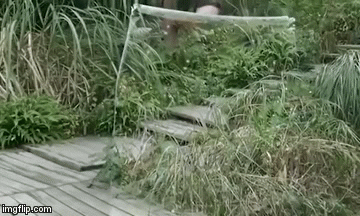
Huh?: What if the glass octopus doesn't have round eyes? They're rectangular! Scientists are still trying to figure out why. Why do you think glass octopuses have eyes rectangle eyes?
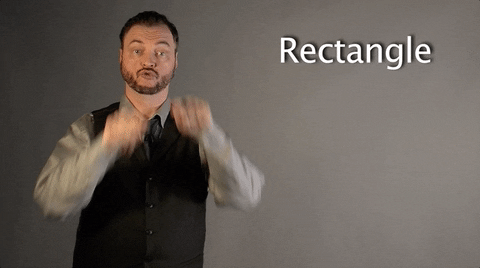
Wow!: How deep (deep) down in is the aphotic zone in which the glass octopus hides? Well, the aphotic zone starts at 200m (660ft) and extends all the way down to the ocean floor--so deep less than 1% of the the Sun's light reaches the aphotic zone!
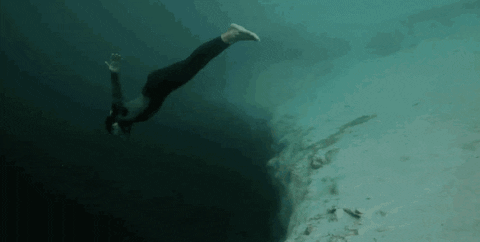
*Bonus Wow!: What if you check out some of the footage the Schmidt Ocean Institute published from its findings on the glass octopus and other animals with wild adaptations!
https://www.youtube.com/watch?v=KSviMhUUZxw&t=122sThanks for getting curious about animal abilities and adaptations with the Butt-Breathing Turtle. Keep getting curious about animals with ,The Screaming Hairy Armadillo and its free ,Educator's Guide !

Thank you for your curiosity, stay curious, and let your curiosity lead your learning with more Curiosity-Based Learning content and activities from What If Curiosity!
Thanks for the info!
July 16, 2021
What If You Made More Wow!
Want more wow? What if you can make your own wow! All you need is your curiosity and a commitment to (write it down) making much, much, wow!
What if you can make much wow? How? What if it all starts with what?
What?!
Follow (and write) along:
What is something if your business, organization, or community did, it would immediately make people say, “wow!”? (Write it down.)
Now, you have your Wow!
Now, what if your Wow! were more than words? What if your Wow! were real?
How can you make your Wow! real? What if it also starts with what?
What is the first thing you must do to make your Wow! possible? (Write it down.)
Now, who will it take to make your Wow! happen? (Write it down.)
When will you make time to make your Wow!; where will working towards your Wow! fit in your schedule? (Write it down.)
Where will you need to go, explore, or learn about to make your Wow! real? (Write it down.)
How will you get others to help you make your Wow! possible? (Write it down.)
What is the biggest challenge or obstacle in the way of making your Wow! possible? (Write it down.)
Wow! Imagine your Wow! is now a reality: how is your business, organization, community… the world, better because of your Wow!? (Write it down.)
Congratulations! Your collection of responses to each question is also your very own What? to Wow! action plan with everything you need to know to get started in making a lot more Wow!
What if this is more than a blog? The What? to Wow! (W?2W!) process is one of the Curiosity-Based Thinking processes What If Curiosity uses in its work with entrepreneurs, executives, and innovators to access out-of-the-box results using the questions and curiosities already inside of us.
What if you What? to Wow! to make your own Wow! everyday!
Want to stay curious? What if you feed your curiosity and the Corporation of Tomorrow !


Thank you for your curiosity and stay curious with more Curiosity-Based Learning content and activities from What If Curiosity !
July 15, 2021
What If Approximating the Future Can Be Simple?
Get curious about innovative methodologies with Adolfo Espíritu as he applies his curiosities about conceiving the future in the third part of a series on approximating the future for the Corporation of Tomorrow.
A model can be thought as the skeleton of a problem: it has the minimum amount of information that is needed to describe a problem and its dynamics (by dynamics I mean how it evolves and behaves with respect to some other parameters); skeletons--and models--give a representation of some aspect of the real thing. To make this possible, we simplify reality under assumptions, which will determine the quality of our predictions. Three basic steps can be followed to create a model (Blanchard, et. al., 1998):
1. Clearly state the assumptions under which you are going to state the model; they should describe the relationships among quantities that will be studied. This has to do with the observation part, since here we are trying to explain how the problem works; it has to do with understanding the problem and giving the most important aspects of the problem. Physical laws, definitions and empirical observations come into play. For example, if we throw a ball on Earth with certain angle and speed, we know that it is going to go up and then down (that is what we see). However, to make things easier, we are going to ignore friction between the ball and air. We want to predict where the ball land and its maximum height will.
2. Create a full list of the variables and parameters that are going to be used in the model; these are the key players of your predictions.Here, the main idea is to quantify and measure the important aspects of your problem. Here, we distinguish three types of data:
Independent variables: Their value is not influenced by other quantities. Dependent variables: They depend on other variables; a rule is needed to compute the dependent variable’s value given the independent variable’s value. Parameters: They are quantities that remain constant in the model.For example, returning to our example of the ball, the distance travelled (dependent variable) will depend on the elapsed time (independent variable), and we can set as fixed values its initial velocity and position (parameters). This is the least amount of information that we need to derive the model (I claim least because based on observations, we know that the ball is moving, and if we change its velocity and initial position, we are going to get different results. For example, the mass of the object does not affect the result, so it is discarded).
3. Use your assumptions to relate the stated quantities through equations. Finally, we describe the relationship between variables and parameters through equations. Some good advice here is to keep the algebra as simple as possible. In our example, I will omit the model (for further reference, check projectile motion), but what is important in these steps is to get the idea of how to get a representation of our problem.
Finally, once the model is made, it is time for making predictions. The next step is to compare your predictions to your experimental data to determine how good your model is--which can be judged by how accurate your calculations are to the real thing.
We make models because we want to make educated guesses and deliver the solution with fewer iterations; however, it is important to remember that models are not perfect, but approximate. Curiosity is the main fuel of this process, since it is involved in the first step (understanding the problem), stating the input and output data (determine the variables and parameters), and, finally, establishing how the data relates (equations).
What I want you to realize is that this method can help us solve problems at enterprises, since a problem can be modeled (maybe you do not use equations, but this process helps you to understand the essence of the problem and its dynamics), so by identifying these contradictions, it’s easier to focus on the solution because you already know what’s not going to work based on the behavior of the problem. This is one of the essences of the Blue Ocean Strategy, which is an innovation method, so next time you see a model remember that even though it is not perfect, it is a very good starting point for developing your solution.
Want to see a new perspective of innovation through computation lenses? Stay tuned for the next series.
We'll be exploring questions like these live with curious people from all over the world to connect and collaborate in building the Corporation of Tomorrow (along with the School of Tomorrow), today!
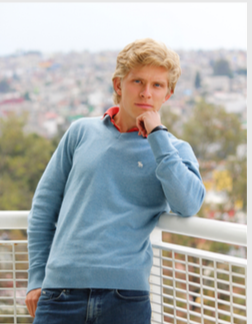
Adolfo Arana Espíritu Santo is a student at the Monterrey Institute of Technology & Higher Learning and loves getting curious about, Math, Physics, and Quantum Computers.
Want to stay curious? What if you feed your curiosity and the Corporation of Tomorrow!


Thank you for your curiosity and stay curious with more Curiosity-Based Learning content and activities from What If Curiosity !
Sources:
Projectile Motion. (n.d.) USA: FisicaLab. Recovered from: ,https://www.fisicalab.com/en/section/parabolic-motion
P. Blanchard, et. al. (1998). Differential Equations. USA: Brooks/Cole Publishing Company.
July 14, 2021
What If Crows Are Vengeful!
Better be extra careful the next time you encounter a crow. What if crossing a crow could have consequences: crows can remember and torment humans who mistreat them!

What: In addition to getting from one place to another the quickest way possible, crows also hold grudges for as long as possible.

Who: The crow-on-seeking-revenge narrative was noticed when crows were targeting the same scientists who had trapped and experimented on them in their University of Washington labs as they were leaving the labs to go home.
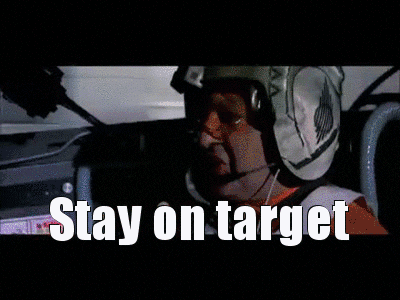
When: When one crow is slighted the entire murder is alerted: crows communicate with other crows who should be targeted for revenge.
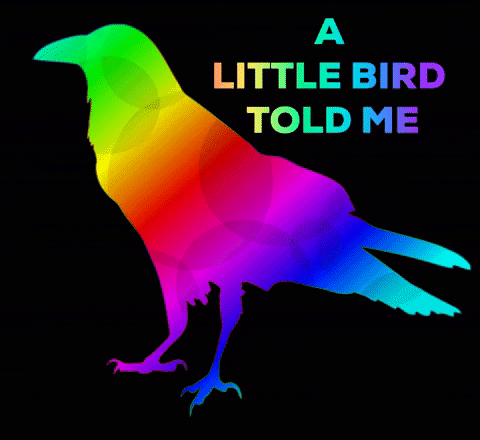
Where: Unlike a lot of other birds who thrive in heavily forested areas, crows prefer places with more open terrain.
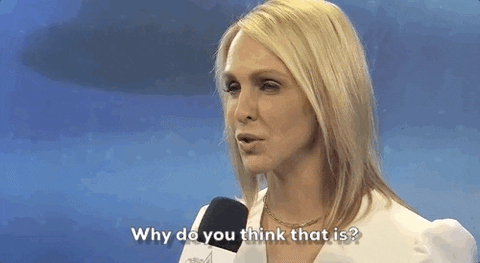
How: Crows are able to hold grudges (and seek revenge!) thanks to their ability to recognize and remember human faces.

Why: Why would crows adapt the ability to remember human faces even if it leads to them holding grudges and seeking revenge? According to Professor John Marzluff of the University of Washington, "It is a trait that can help species successfully adapt to, and co-evolve with, humans."
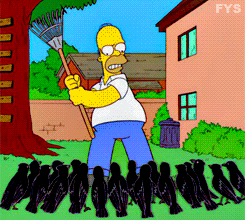
Huh?: What if there are more crows living in the lower 48 states of the United States today than before the European settlers arrived. Find out why in the California Audubon article, "Things you may or may not know about crows."
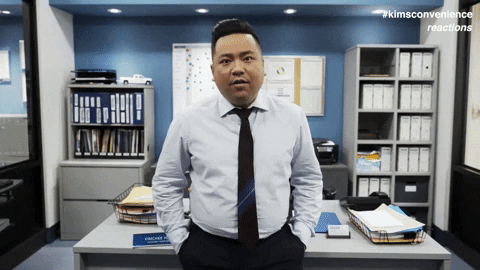
Wow!: Crows don't just seek revenge, they also don't forget! As the years go by the number of crows holding grudges against specific humans increases, suggesting that crows go on to teach their children to keep the grudge going!
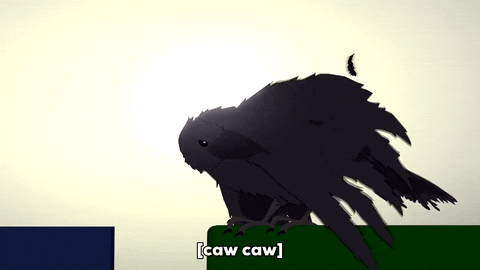
Thanks for getting curious about animal abilities and adaptations with the Butt-Breathing Turtle. Keep getting curious about animals with ,The Screaming Hairy Armadillo and its free ,Educator's Guide !

Thank you for your curiosity, stay curious, and let your curiosity lead your learning with more Curiosity-Based Learning content and activities from What If Curiosity!



